Introduction
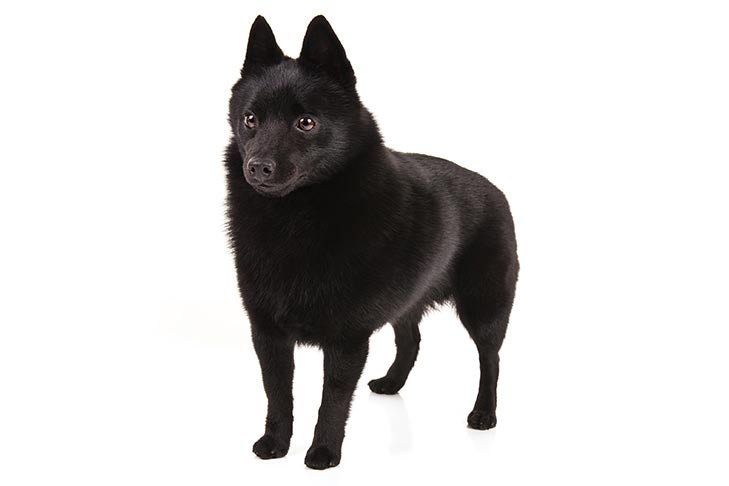
The importance of understanding dog breeds extends beyond their physical appearance. A dog's characteristics and temperaments play a crucial role in determining its compatibility with potential owners. By exploring the various breeds available, individuals can make informed decisions about which breed best aligns with their lifestyle and preferences.
When considering a dog breed, it's essential to consider factors such as exercise needs, trainability, and energy levels. Additionally, temperaments like friendliness, independence, or protectiveness should be taken into account.
In this article, we will delve into the characteristics and temperaments of different dog breeds across several categories. From sporting dogs to toy breeds, we will provide insights into popular examples within each group.
By gaining knowledge about various breeds' traits and personalities, readers will be equipped to make sound decisions when it comes to selecting the perfect canine companion for their home and family.
A brief overview of the importance of understanding dog breeds

Understanding dog breeds is crucial for prospective dog owners as it helps them make informed decisions about their choice of companion. Each breed comes with its own set of unique characteristics and temperaments that directly impact the dog's behavior, needs, and compatibility with different lifestyles and households. By understanding these breed-specific traits, individuals can better prepare themselves for the responsibilities that come with owning a particular type of dog. Additionally, knowing a dog's breed can also provide insight into potential health issues or genetic predispositions that may need to be taken into consideration. What may be suitable for one person or family may not necessarily be ideal for another, making it essential to thoroughly research and understand different breeds before making a commitment to provide the best possible care for a beloved furry friend.
The impact of characteristics and temperaments on dog ownership

The impact of characteristics and temperaments on dog ownership can greatly influence the overall experience of owning a dog. Understanding these traits is essential for finding the right match between a dog and their owner's lifestyle and preferences.
Characteristics such as size, energy level, and exercise requirements play a significant role in determining whether a particular breed is suitable for a person's living situation. For example, high-energy breeds may not thrive in apartments or with individuals who have limited time or space for daily exercise.
Temperament is equally crucial, as it affects how a dog interacts with people, other pets, and their environment. Some breeds are known for being more adaptable and sociable, while others may require more patience and training to overcome any potential aggression or anxiety.
By thoroughly researching and understanding the characteristics and temperaments of different dog breeds, individuals can make an informed decision that aligns with their lifestyle, ensuring a harmonious and fulfilling bond between owner and dog.
Sporting Dog Breeds

Sporting dog breeds are known for their athleticism and energy. These dogs have been bred to assist hunters in various tasks such as retrieving game or pointing out prey. Their characteristics and temperaments make them excellent companions for active individuals or families who enjoy outdoor activities. Sporting dog breeds are typically intelligent, trainable, and highly energetic. They thrive in environments where they can receive plenty of exercise and mental stimulation.
Popular examples of sporting dog breeds include the Labrador Retriever, Golden Retriever, and English Springer Spaniel. These breeds are known for their friendly and outgoing personalities, making them great family pets. However, potential owners should be prepared to provide ample exercise and mental challenges to keep these active dogs happy.
When considering a sporting dog breed, it is important to have a lifestyle that matches their high energy levels and requirement for mental stimulation.
Characteristics and temperaments of sporting dog breeds
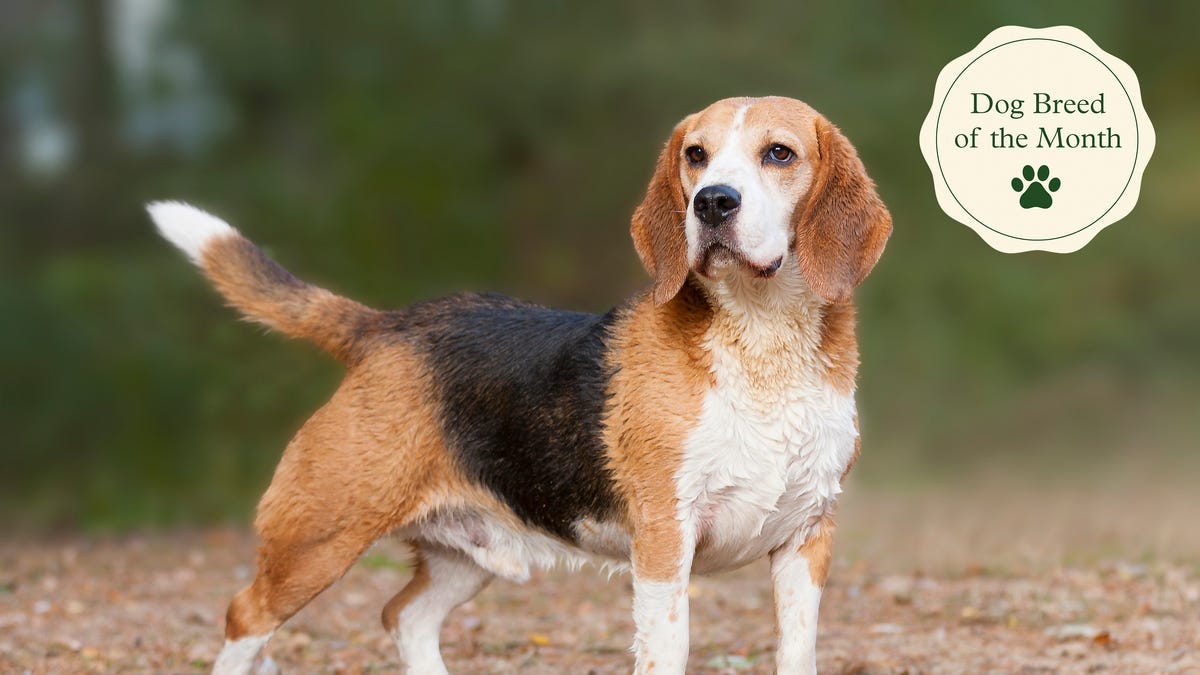
Sporting dog breeds are known for their high energy levels and enthusiasm, making them excellent companions for active individuals or families. These breeds are commonly used for hunting and have characteristics tailored to excel in the field. They are often intelligent, alert, and have a strong prey drive. Sporting dogs are typically highly trainable and eager to please their owners. They thrive on physical exercise and mental stimulation, requiring ample opportunities for playtime and regular exercise. With their friendly nature and sociable personalities, they can get along well with other pets and strangers. However, it's important to note that these breeds may require extra attention and mental stimulation to prevent destructive behaviors when left alone for long periods of time.
Popular examples of sporting dog breeds

Popular examples of sporting dog breeds include the Labrador Retriever, Golden Retriever, and English Springer Spaniel. The Labrador Retriever is known for its friendly and outgoing nature, making it an excellent family pet. With its intelligence and versatility, the Golden Retriever excels in various roles such as search and rescue, therapy work, and assistance tasks. The English Springer Spaniel is a highly energetic breed that is both agile and versatile, making it well-suited for hunting and retrieving game in the field. Sporting dog breeds like these are typically known for their high energy levels, intelligence, and trainability, making them popular choices for those with an active lifestyle or specific work requirements.
Working Dog Breeds
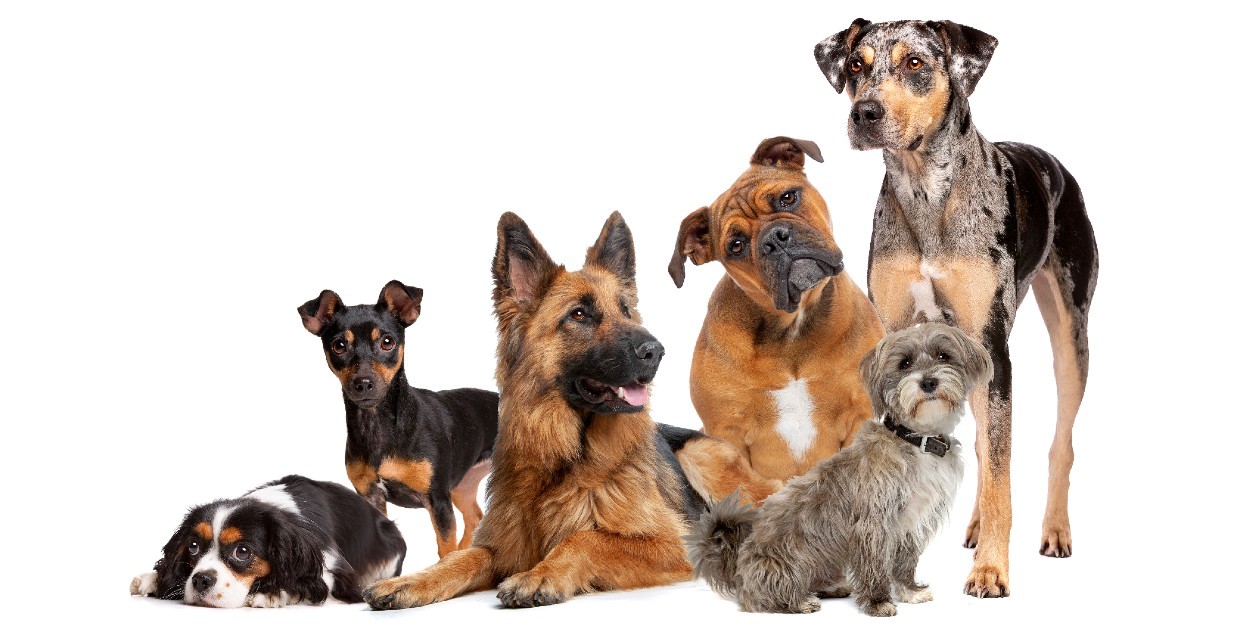
Characteristics and temperaments of working dog breeds can vary greatly, but they are generally known for their intelligence, agility, and willingness to work. These breeds were originally developed to perform specific tasks such as herding livestock, pulling sleds, or serving in roles like search and rescue or police work. Due to their strong work ethic and high energy levels, working dog breeds require frequent mental and physical stimulation to thrive. They are typically highly trainable and excel in obedience training. Working dogs are often loyal, protective, and dedicated to their tasks. Popular examples of working dog breeds include the German Shepherd, Labrador Retriever, Border Collie, Boxer, and Rottweiler.
Characteristics and temperaments of working dog breeds

Working dog breeds are known for their strong work ethic, intelligence, and trainability. These breeds were originally developed to assist humans in various tasks and often excel in jobs that require physical strength, endurance, and mental focus.
Characterized by their high energy levels, working dog breeds thrive in activities that challenge them both physically and mentally. They are generally obedient, loyal, and dedicated to their tasks. Their natural instincts drive them to perform specific jobs such as herding livestock, pulling sleds, or guarding property.
Due to their intelligence and willingness to work, working dog breeds are highly trainable and excel in roles like search and rescue, police or military work, and assistance tasks for people with disabilities. Their strong drive and focus make them well-suited for intense training programs.
Overall, working dog breeds are known for their remarkable abilities, loyalty, and dedication to performing the jobs they were bred for.
Popular examples of working dog breeds
Working dog breeds are known for their intelligence, strength, and ability to perform various tasks. They excel in jobs that require physical stamina, problem-solving skills, and obedience. Some popular examples of working dog breeds include:
- German Shepherd: These loyal and versatile dogs are commonly used in police and military work. They are highly trainable and excel in tasks such as search and rescue, tracking, and protection work.
- Labrador Retriever: Labradors are known for their friendly nature and willingness to please. They excel in tasks such as scent detection, assistance work for individuals with disabilities, and being reliable service dogs.
- Border Collie: Border Collies are highly intelligent and energetic dogs that excel in herding livestock. They have a natural herding instinct and can be trained to follow commands with great precision.
- Siberian Husky: Known for their endurance and ability to navigate through harsh conditions, Siberian Huskies have been used as sled dogs for centuries. They are athletic and thrive in environments that require physical exertion.
These examples represent just a few of the many working dog breeds available today. Each breed comes with its own set of unique characteristics and temperaments that make them well-suited for specific tasks or lifestyles.
Herding Dog Breeds

Characteristics and temperaments of herding dog breeds vary, but they are known for their intelligence, agility, and natural instincts to control the movement of livestock. These dogs have been bred to work alongside farmers and shepherds, guiding and rounding up animals effectively. Herding dog breeds exhibit high energy levels and require regular mental and physical stimulation to stay content. They are highly trainable and excel in tasks that involve obedience and problem-solving. These breeds often possess a strong protective instinct towards their family or flock. Some popular examples of herding dog breeds include the Border Collie, Australian Shepherd, German Shepherd, and Shetland Sheepdog. When considering a herding dog breed as a pet, potential owners should be prepared to meet their exercise needs and provide ample mental stimulation to keep them happy.
Characteristics and temperaments of herding dog breeds

Herding dog breeds are known for their exceptional ability to control the movement of livestock. These dogs possess a unique set of characteristics and temperaments that make them excellent working companions.
One key characteristic of herding dogs is their high energy levels. They are incredibly active and require plenty of physical exercise and mental stimulation. This makes them well-suited for owners who lead active lifestyles.
Additionally, herding dogs are intelligent and highly trainable. They have a natural instinct to herd, which can be seen in their eagerness to round up and manage groups of animals. Their intelligence also allows them to quickly learn new commands and tasks.
While herding breeds can be loyal and protective, they may also display a strong herding instinct towards people, especially children or smaller pets. Therefore, early socialization and training are crucial to ensure they behave appropriately in all situations.
Overall, herding dog breeds make great companions for active individuals or families who have plenty of time to devote to their exercise and mental stimulation needs. They thrive in environments where they can use their natural talents effectively.
Popular examples of herding dog breeds

Popular examples of herding dog breeds include the Border Collie, Australian Shepherd, and German Shepherd.
The Border Collie is known for its exceptional intelligence and agility. They have a strong instinct to herd and are often used in sheepdog trials. Australian Shepherds are also highly intelligent and excel at herding livestock. They have a strong work ethic and are highly trainable.
German Shepherds are renowned for their loyalty, courage, and versatility. They are often employed in police and military roles due to their trainability and ability to comprehend complex tasks.
Other popular herding dog breeds include the Belgian Malinois, Corgi, and Shetland Sheepdog. Each of these breeds possesses specific traits that make them well-suited for herding purposes.
Overall, herding dog breeds tend to be hardworking, intelligent, and excel at maintaining control over livestock through their natural herding instincts.
Hound Dog Breeds

Characteristics and temperaments of hound dog breeds can vary, but they all share certain common traits. Hound dogs are known for their exceptional scenting abilities and are often used for hunting purposes. They are typically medium to large-sized dogs with long ears and a keen sense of smell.
In terms of temperament, hound dog breeds are generally independent and intelligent. They are known to be determined, focused, and persistent in their pursuit of a scent or prey. Hounds can be quite vocal and have a tendency to howl or bay when they're excited or on the trail.
Popular examples of hound dog breeds include the Beagle, Bloodhound, Dachshund, and Greyhound. Each breed offers its own unique qualities and characteristics, making it important for prospective owners to research and understand the specific needs of each hound breed before making a decision.
Characteristics and temperaments of hound dog breeds
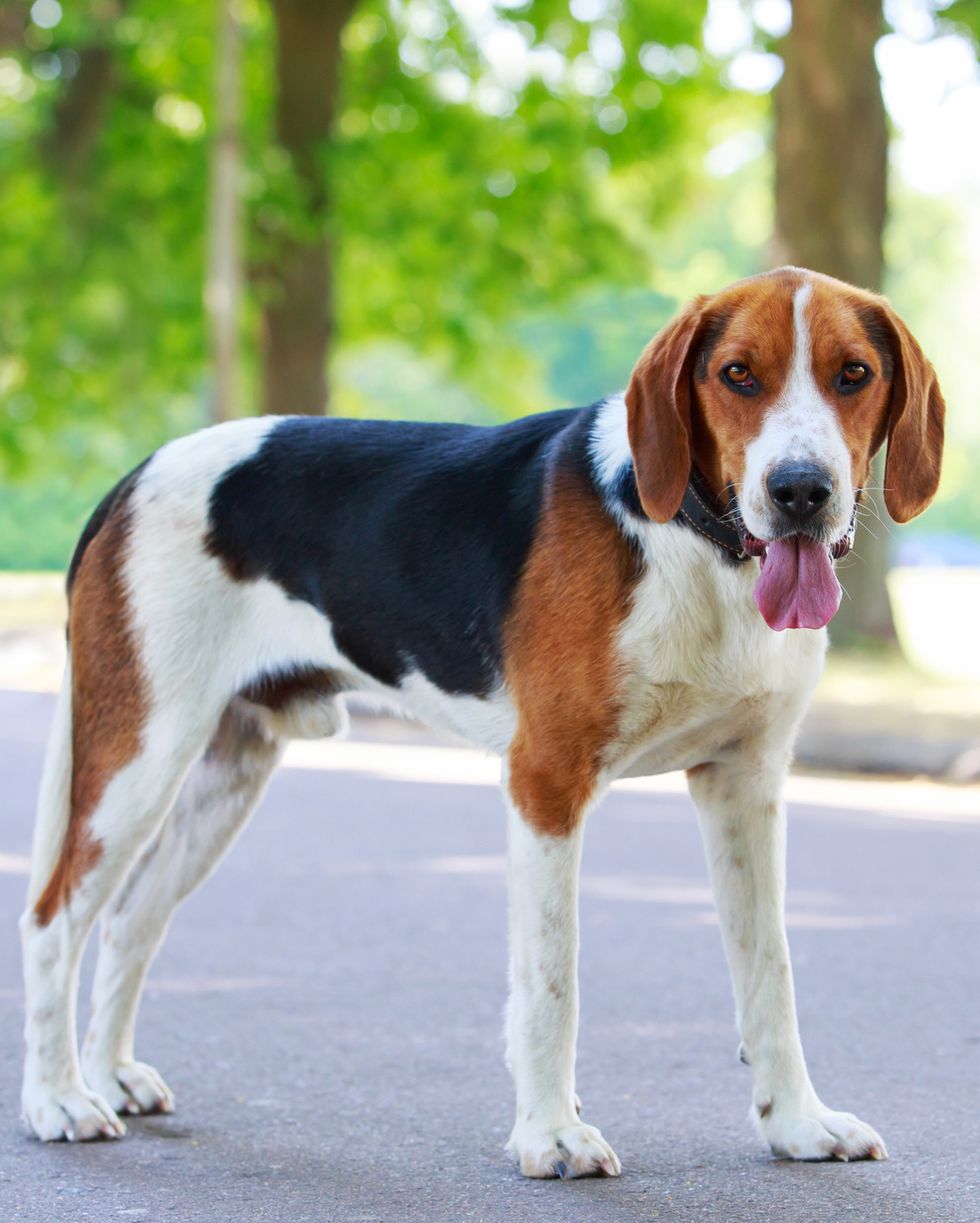
Hound dog breeds are known for their exceptional scenting abilities and keen hunting instincts. These dogs possess a remarkable sense of smell, along with impressive stamina and agility. Hound breeds are typically categorized into sighthounds and scent hounds.
Sighthounds, also known as gazehounds, have excellent eyesight and were traditionally used for hunting by sight rather than scent. They are known for their incredible speed and agility, making them highly effective in chasing down prey.
Scent hounds, on the other hand, rely primarily on their powerful sense of smell to track scents and locate game. These breeds have an acute ability to follow a trail, making them invaluable partners in hunting adventures.
In terms of temperament, hound dogs are generally independent and strong-willed. They can be quite stubborn at times but are also known for their loyalty and affection towards their owners. Hound breeds require consistent training and socialization to ensure they become well-behaved companions.
Popular examples of hound breeds include the Greyhound, Bloodhound, Beagle, Basset Hound, Dachshund, and Afghan Hound. Each breed has its own unique characteristics and temperaments.
It's important for potential dog owners to understand the particular traits of hound dog breeds before deciding if they are a good fit for their lifestyle and preferences. Patience, perseverance in training, and providing plenty of exercise opportunities are essential for a happy and well-adjusted hound dog companion.
Popular examples of hound dog breeds
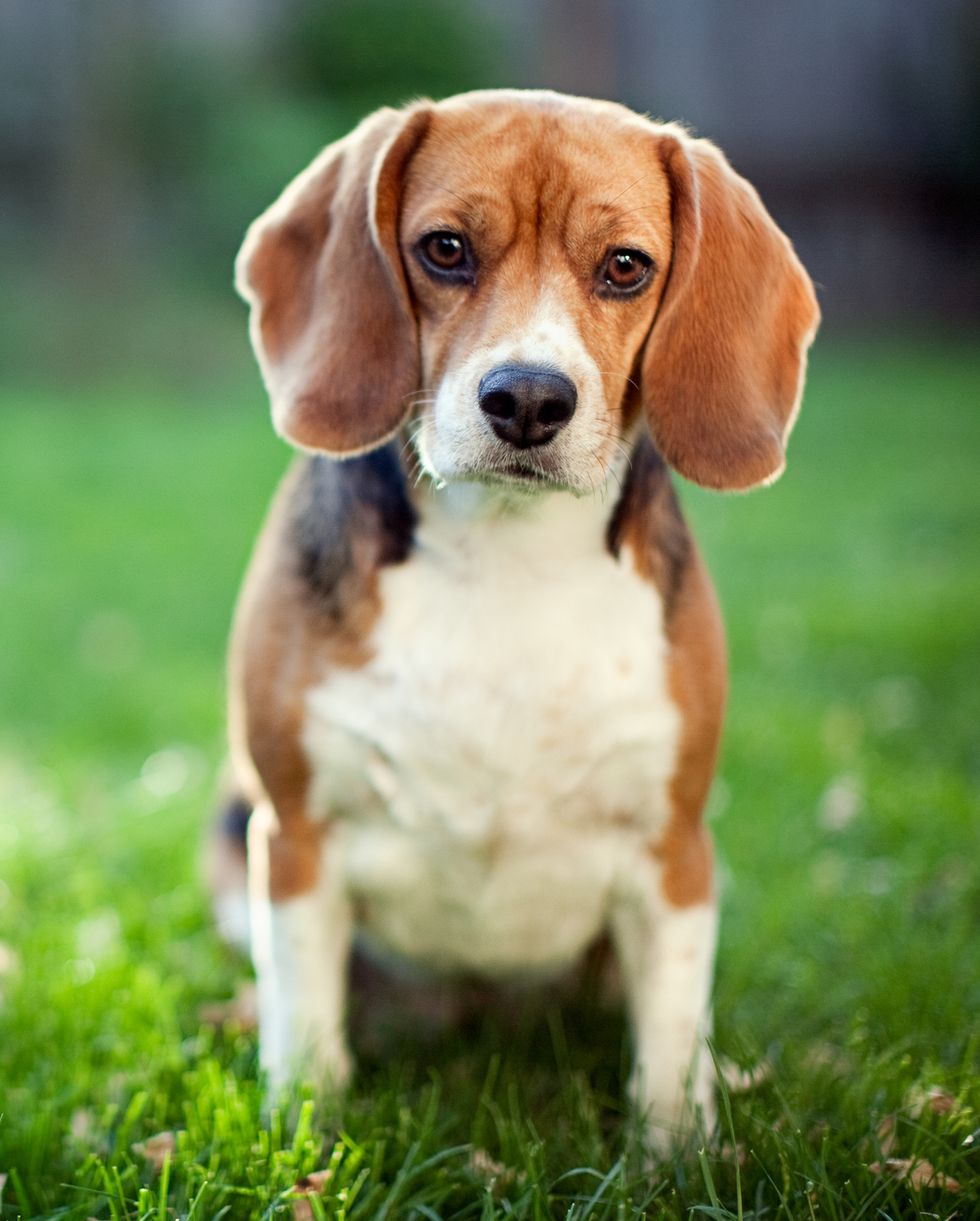
Hound dog breeds are known for their exceptional sense of smell and impressive hunting abilities. These dogs have been bred for centuries to track game and assist hunters in the field. Some popular examples of hound dog breeds include the Beagle, Bloodhound, and Greyhound.
The Beagle is a small to medium-sized hound known for its keen sense of smell and friendly temperament. They are often used in scent detection work and make great family pets.
The Bloodhound, on the other hand, is a larger breed known for its remarkable tracking abilities. With their droopy skin and long ears, they excel at trailing scents over long distances.
Lastly, the Greyhound is a graceful and athletic breed often associated with speed. They have been used for centuries in competitive racing but also make gentle and loyal companions.
These popular hound dog breeds showcase the diverse characteristics and temperaments that are unique to this group.
Terrier Dog Breeds
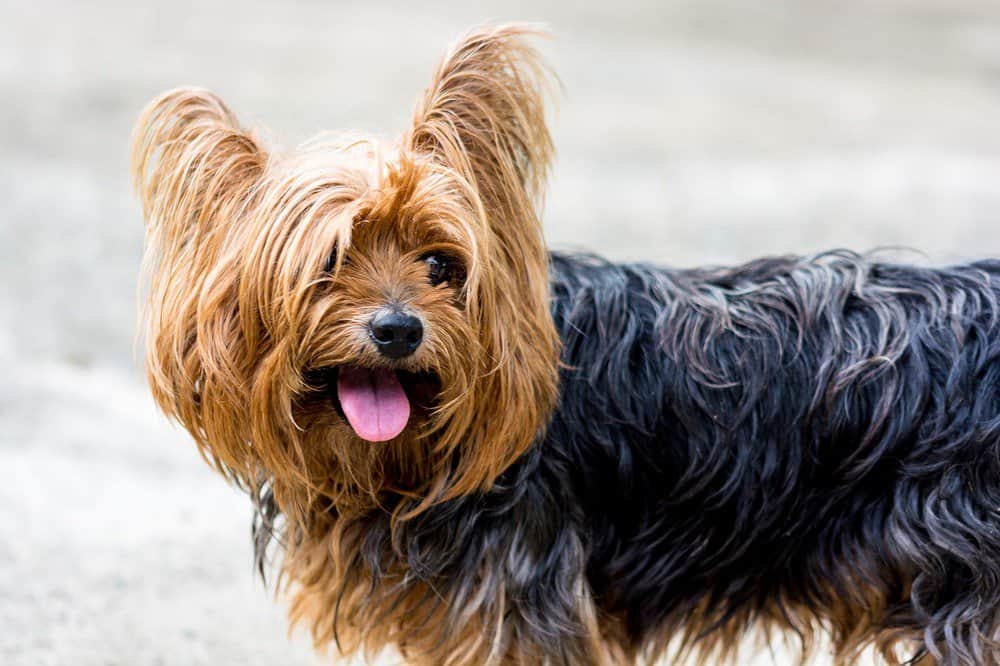
Terrier dog breeds are known for their energetic and feisty nature. These dogs were originally bred for hunting and are characterized by their determination and tenacity. Terriers are often small to medium-sized dogs with wiry or smooth coats, and they require regular exercise to satisfy their high energy levels.
The temperaments of terrier breeds can vary, but they generally possess a bold and confident personality. They tend to be alert, intelligent, and independent. Some terrier breeds can be stubborn and require firm training techniques to ensure proper obedience.
Popular examples of terrier dog breeds include the Jack Russell Terrier, Yorkshire Terrier, American Staffordshire Terrier, Bull Terrier, and Scottish Terrier. Each breed brings its own unique characteristics and quirks to the table, making them a popular choice for many dog owners seeking an adventurous companion.
Characteristics and temperaments of terrier dog breeds

Terrier dog breeds are known for their energetic and determined nature. They are small to medium-sized dogs that possess a great deal of self-confidence and fearlessness. Terriers are often described as spirited and feisty, with a strong desire to explore and dig. They have a high prey drive, making them excellent hunters of small animals.
In terms of temperament, terriers are typically lively, alert, and quick-witted. They possess a lot of energy and require regular mental and physical stimulation to prevent boredom. While they can be stubborn at times, they also tend to be loyal and affectionate towards their owners. Due to their protective instincts, they may display assertiveness towards unfamiliar people or animals.
Popular examples of terrier dog breeds include the Jack Russell Terrier, Yorkshire Terrier, and Staffordshire Bull Terrier. These breeds exhibit the classic terrier traits while also having their unique characteristics based on breeding and individual personality.
Popular examples of terrier dog breeds
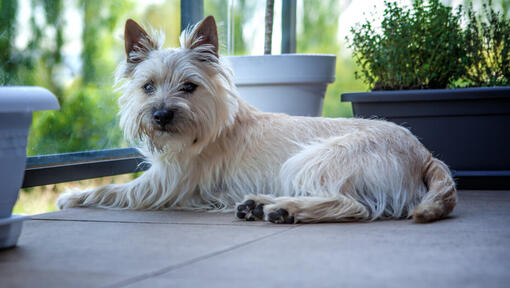
When it comes to terrier dog breeds, there are several popular examples that showcase their unique characteristics and temperaments. One such breed is the Jack Russell Terrier. Known for their high energy levels and independent nature, Jack Russell Terriers are often lively and mischievous companions. They are intelligent dogs that require mental stimulation and physical exercise to thrive.
Another well-known terrier breed is the Scottish Terrier. These dogs possess a strong sense of loyalty and are often described as independent and self-assured. Scottish Terriers are known for their distinctive appearance with wiry coats and a dignified presence.
The West Highland White Terrier, also known as the Westie, is a small terrier breed with a bold and confident personality. They are friendly and adaptable dogs that make great family pets.
Overall, terrier dog breeds offer a variety of choices for individuals who appreciate their spunky nature, intelligence, and determination in daily life. It's important to research each specific breed's characteristics to find the one that best matches your lifestyle and preferences when considering adding a terrier to your family.
Non-Sporting Dog Breeds

Characteristics and temperaments of non-sporting dog breeds vary widely, as this group encompasses a diverse range of breeds with differing traits. However, they are typically known for their strong personalities and unique physical features. Non-sporting breeds tend to be good companions and often excel at being lap dogs or family pets. They are generally adaptable to different living situations and require varying amounts of exercise. Some non-sporting breeds are known for their intelligence, while others may be more independent or reserved. Popular examples of non-sporting dog breeds include the Bulldog, Poodle, Dalmatian, and Bichon Frise. Before choosing a non-sporting breed, it is important to research their individual characteristics to find one that aligns with your lifestyle and preferences.
Characteristics and temperaments of non-sporting dog breeds

Non-sporting dog breeds are a diverse group with a wide range of characteristics and temperaments. These breeds vary greatly in size, appearance, and personality, making it important for potential owners to thoroughly understand their traits before making a decision.
When it comes to temperaments, non-sporting breeds tend to have individual personalities. Some are friendly and outgoing, while others may be more reserved or even aloof. These dogs can be adaptable and versatile, often being a good fit for families or individuals living in different environments.
In terms of physical characteristics, non-sporting breeds can have varying coat types such as curly, long, short, or hairless. They also come in different sizes, from small to medium-sized dogs.
Examples of non-sporting breeds include the Bulldog, Dalmatian, Poodle, French Bulldog, and Bichon Frise. Each breed within this group has its own unique set of traits that make them special companions for those who appreciate their distinct qualities.
Understanding the characteristics and temperaments of non-sporting dog breeds will help potential owners find the perfect match for their lifestyle and preferences. By doing thorough research and considering these factors carefully, individuals can ensure a long-lasting and fulfilling relationship with their chosen canine companion.
Popular examples of non-sporting dog breeds

Popular examples of non-sporting dog breeds include the Bulldog, Poodle, Dalmatian, Bichon Frise, and Shih Tzu.
The Bulldog is known for its sturdy build and friendly nature, making it a popular choice for families. The Poodle is highly intelligent and comes in various sizes, making it versatile in different living arrangements. The Dalmatian is easily recognized by its unique coat pattern and is known for its energy and playfulness. The Bichon Frise is a small breed with a cheerful and affectionate disposition, making it an excellent companion dog. Lastly, the Shih Tzu is a small breed known for its long, flowing coat and sweet temperament.
Each of these breeds has its own unique characteristics and temperaments, so it's important to do further research to ensure they align with your lifestyle and preferences before bringing one into your home.
Toy Dog Breeds
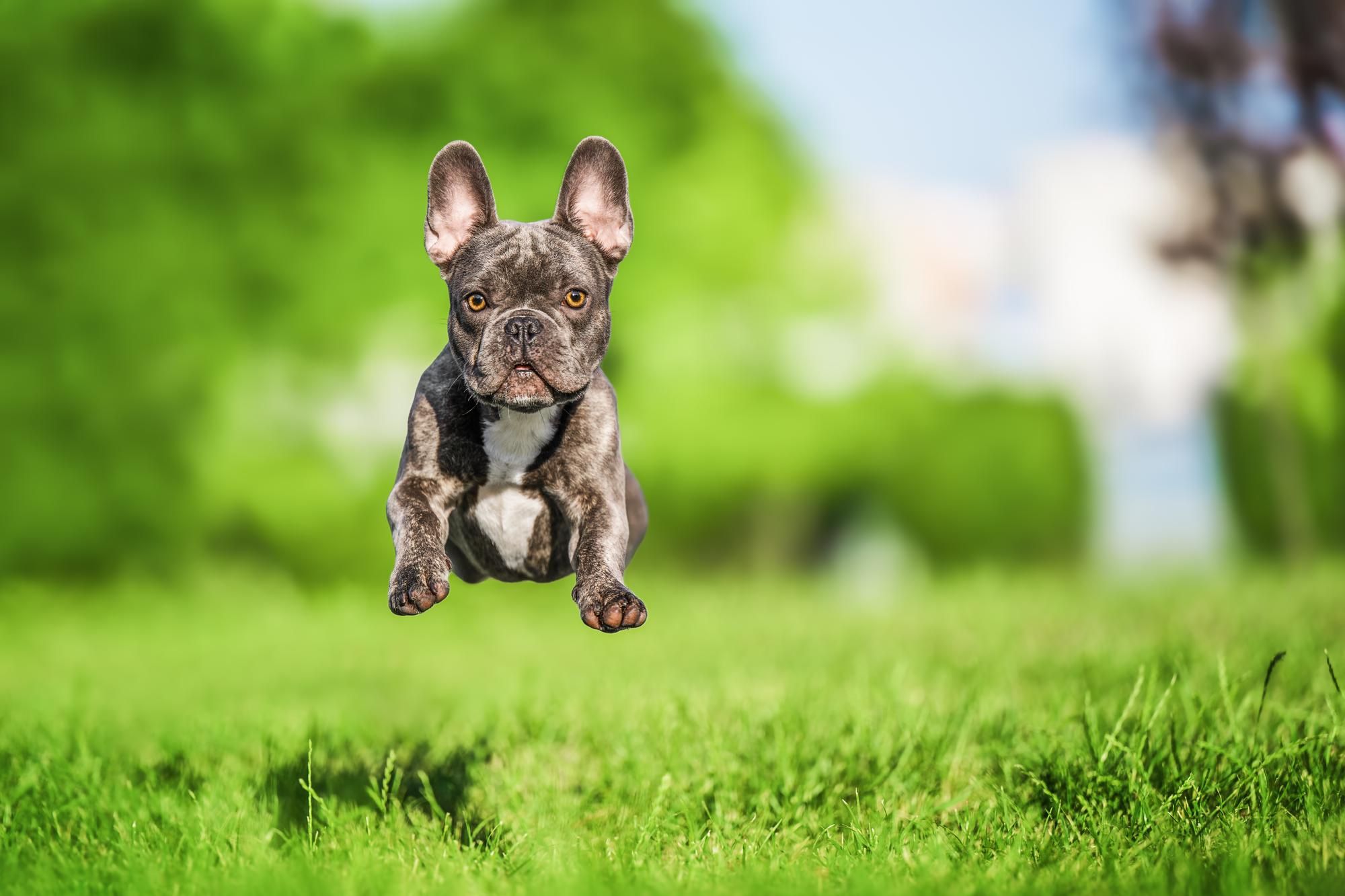
Toy dog breeds are adorable and pint-sized companions that make perfect pets for those living in smaller spaces or who prefer a smaller-sized dog. These breeds typically weigh less than 15 pounds and are known for their playful and affectionate nature. Despite their small size, toy dogs have big personalities and often possess a keen intelligence.
Examples of popular toy dog breeds include Chihuahuas, Pomeranians, Yorkshire Terriers, and Shih Tzus. Chihuahuas are known for their boldness and loyalty, while Pomeranians are bright and energetic. Yorkshire Terriers are confident and intelligent, and Shih Tzus are sweet-natured and love being the center of attention.
When considering a toy breed, it's important to remember that they may require extra care due to their delicate size. Regular exercise, appropriate grooming, and socialization are essential for keeping these little dogs happy and healthy.
Ultimately, choosing a dog breed should be based on your lifestyle and preferences. Researching the characteristics and temperaments of different breeds will help you find the perfect fit for you and your family.
Characteristics and temperaments of toy dog breeds

Toy dog breeds are known for their small size and adorable appearances. These pint-sized canines often possess lively and endearing temperaments that make them popular pets. One of the common characteristics of toy dog breeds is their playful nature. They love engaging in interactive play, whether it's fetching a toy or participating in agility activities. Despite their small size, many toy dog breeds display confident and fearless temperaments. They often have big personalities and enjoy being the center of attention. While some toy breeds can be prone to anxiety or clinginess, proper training and socialization can help address these tendencies. Overall, toy dog breeds make delightful companions for individuals or families seeking a compact yet energetic pet.
Popular examples of toy dog breeds
:strip_icc()/toy-dog-breeds-great-pets-5114832-05-d2dd16f0a12b4272975d2834f2738c6b.jpg)
Popular examples of toy dog breeds include the Chihuahua, the Pomeranian, and the Yorkshire Terrier. The Chihuahua is known for its small size and big personality. Despite its tiny stature, this breed is confident and fearless. The Pomeranian, with its fluffy coat and expressive eyes, is a popular choice for those seeking a small companion with a playful temperament. Lastly, the Yorkshire Terrier, or Yorkie, is known for its long silky hair and feisty nature. These pint-sized dogs are full of energy and make excellent lap dogs. Toy dog breeds are often favored by individuals who live in apartments or have limited space but still desire a loyal and affectionate canine companion.
Conclusion

The importance of researching and understanding the characteristics and temperaments of different dog breeds cannot be overstated. By doing so, prospective dog owners can choose a breed that aligns with their lifestyle and preferences. Whether considering a sporting, working, herding, hound, terrier, non-sporting, or toy breed, each category has its own unique set of traits and behaviors. It is crucial to gather factual data on characteristics like energy levels, exercise requirements, trainability, and social needs to ensure a harmonious relationship between owner and pet. Furthermore, understanding temperament traits such as sociability, aggressiveness, protectiveness, and independence can help in making an informed decision. Ultimately, by investing time in research and understanding the characteristics and temperaments of various dog breeds, individuals can find the perfect companion that fits their needs.
The importance of researching and understanding characteristics and temperaments

Researching and understanding the characteristics and temperaments of different dog breeds is essential for prospective dog owners. By delving into this knowledge, individuals can make informed decisions about which breed is best suited to their lifestyle and preferences. Understanding a breed's characteristics helps determine their exercise needs, grooming requirements, and overall energy levels. Furthermore, recognizing the temperament of a breed enables owners to anticipate potential behavior traits, such as sociability, trainability, and compatibility with children or other pets. This knowledge allows owners to provide appropriate care, training, and socialization for their dogs. Additionally, understanding breed tendencies can help prevent conflicts or challenges that may arise from mismatched expectations. Ultimately, researching and understanding the characteristics and temperaments of different dog breeds sets the stage for a fulfilling and harmonious pet-owner relationship.
Choosing the right dog breed for your lifestyle and preferences

When it comes to choosing the right dog breed for your lifestyle and preferences, it is important to consider various factors. First and foremost, assess your activity level and the amount of exercise you can provide for a dog. If you live in an apartment or have limited outdoor space, a smaller breed or one with lower exercise needs may be more suitable. Additionally, take into account your family dynamics and whether you have children or other pets. Some breeds are known to be more tolerant and gentle, making them a better fit for families with young children. Lastly, consider your own personal preferences in terms of size, coat type, and energy level. By researching and understanding the characteristics and temperaments of different dog breeds, you can make an informed decision that aligns with your lifestyle and preferences.




0 Comments